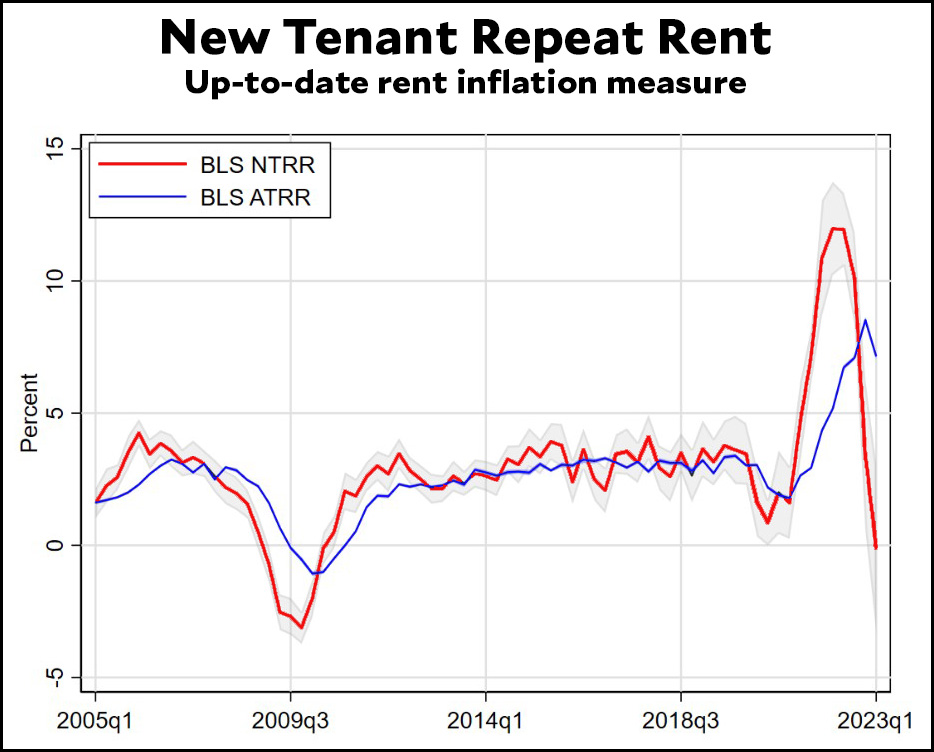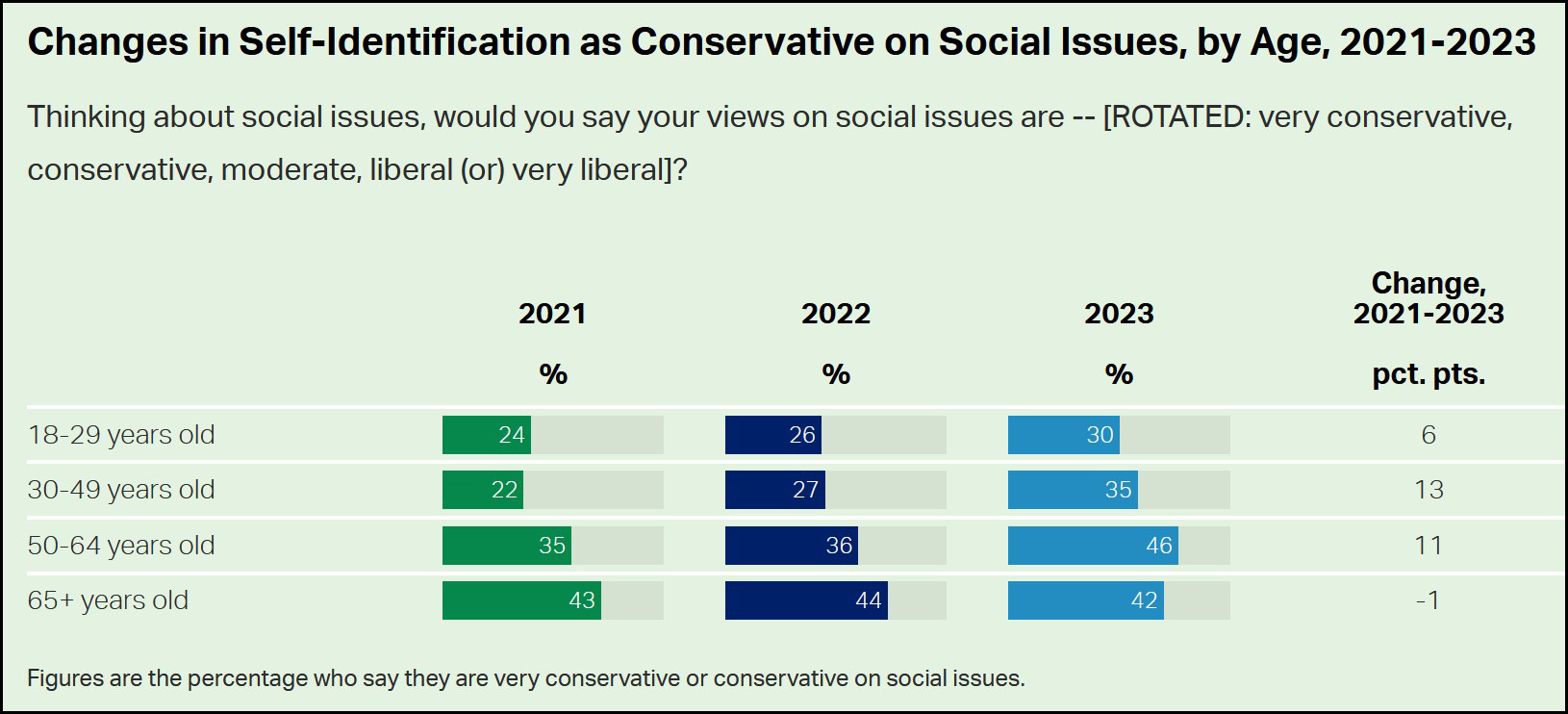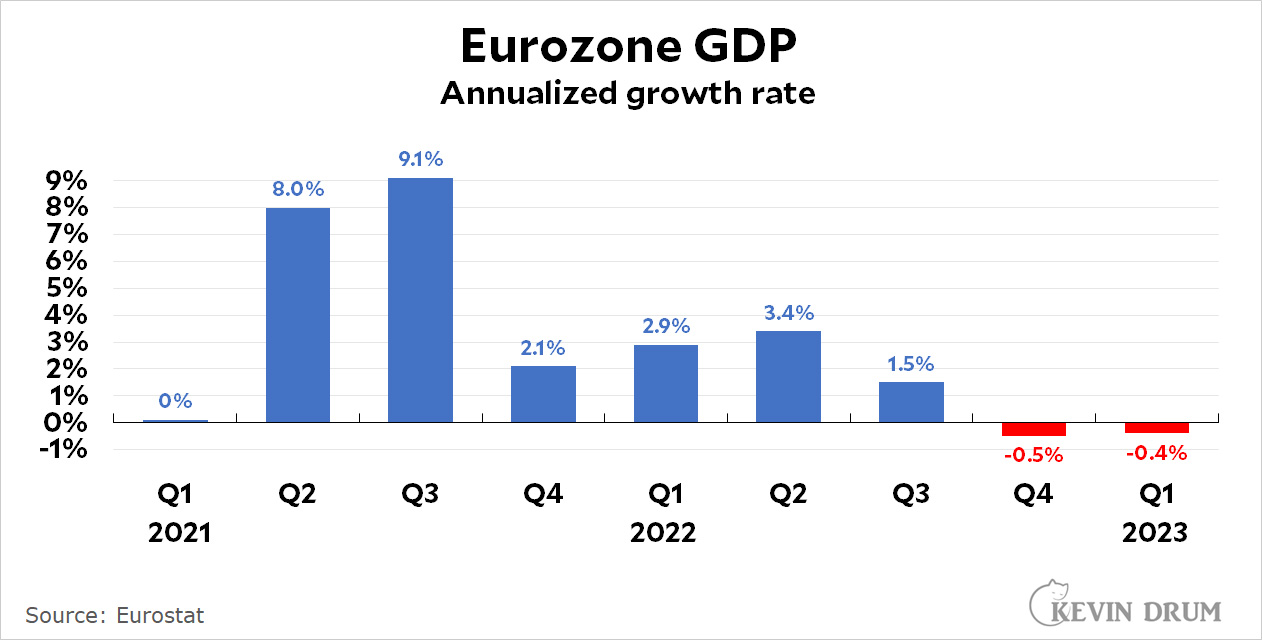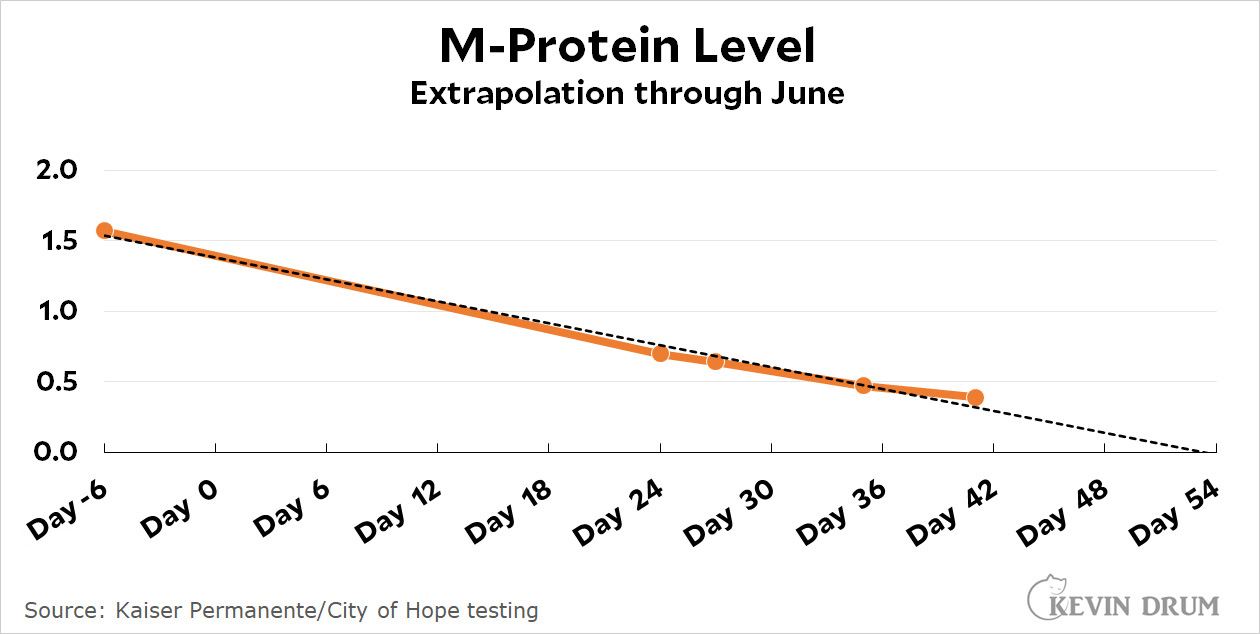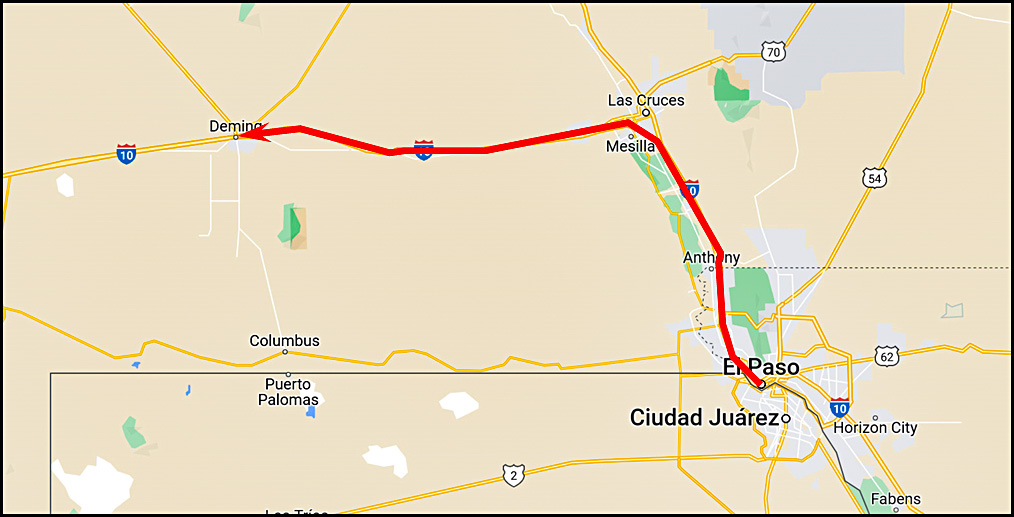Alabama has seven congressional districts and about 27% of its population is Black. Under normal circumstances you'd expect the Black vote to prevail in two districts, but Alabama has never been normal. In 1992 it got its first Black district since Reconstruction, and it's been limited to one Black district ever since.
In late 2021 Alabama passed HB1, a redistricting statute following the 2020 census. The map in HB1 was similar to the previous map and was limited, once again, to a single Black district. Alabama was sued the same day and the case went before a three-judge panel, which ruled decisively that the map violated Section 2 of the Voting Rights Act. In an order handed down today, the Supreme Court concurred in a 5-4 decision:
The three-judge District Court received live testimony from 17 witnesses, reviewed more than 1000 pages of briefing and upwards of 350 exhibits, and considered arguments from the 43 different lawyers who had appeared in the litigation. After reviewing that extensive record, the Court concluded in a 227-page opinion that the question whether HB1 likely violated §2 was not “a close one.”...Based on our review of the record, we agree.
The groups suing Alabama presented their own redistricting maps, but Alabama argued that they were flawed because they split a "community of interest"—namely the Gulf Coast. The Supreme Court found this unpersuasive, and in any case ruled that Alabama's maps split a community of interest too:
Named for its fertile soil, the Black Belt contains a high proportion of black voters, who “share a rural geography, concentrated poverty, unequal access to government services, . . . lack of adequate healthcare,” and a lineal connection to “the many enslaved people brought there to work in the antebellum period.” The District Court concluded—correctly, under our precedent—that it did not have to conduct a “beauty contest[ ]” between plaintiffs’ maps and the State’s. There would be a split community of interest in both.
Alabama also argued that its maps were were based on a "race-neutral benchmark" and thus couldn't be racially discriminatory. The Court rejected this:
A district is not equally open, in other words, when minority voters face—unlike their majority peers—bloc voting along racial lines, arising against the backdrop of substantial racial discrimination within the State, that renders a minority vote unequal to a vote by a nonminority voter.
This is not a vigorous ruling. It was written by Chief Justice John Roberts and mostly says only that it agrees with the District Court's "careful factual findings." Its own arguments are generally bland explanations of the Court's precedent in Thornburg v. Gingles, which governs redistricting challenges.
Nevertheless, it's a rare Supreme Court victory for racial challenges to redistricting laws. Two conservatives, Roberts and Brett Kavanaugh, joined the three liberals in the majority opinion.

